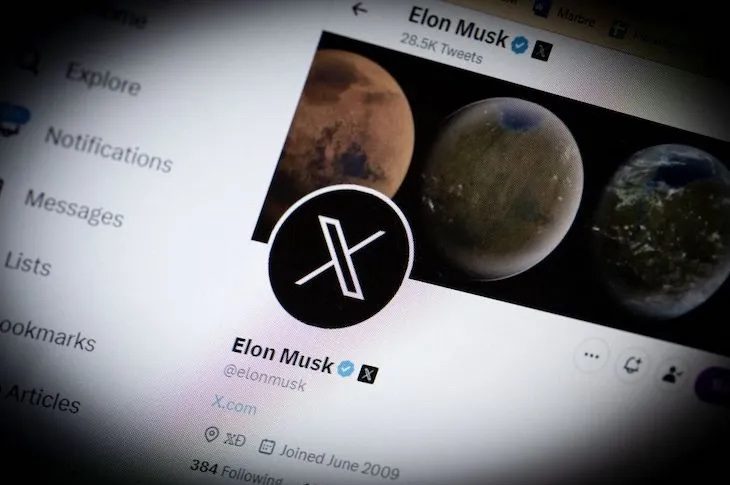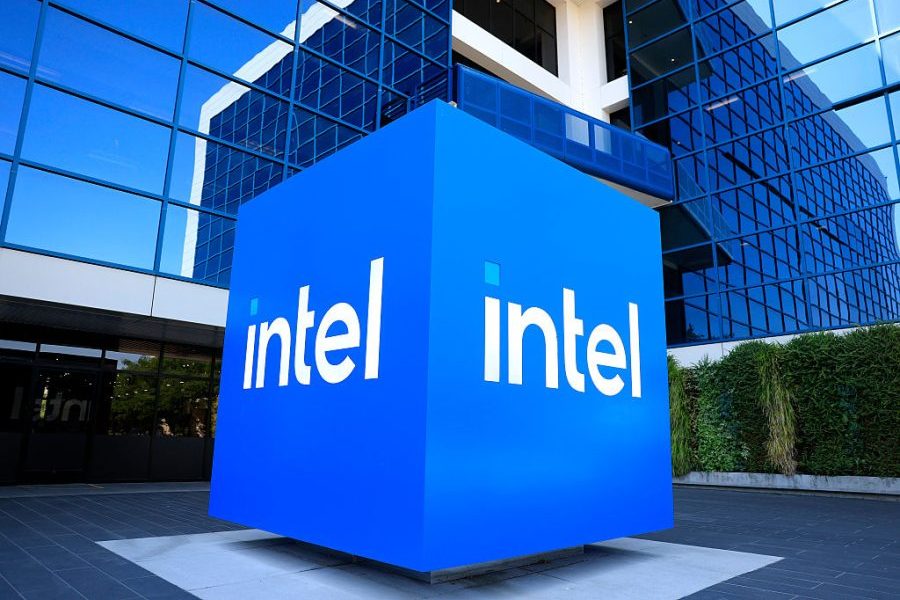It will trash the brand. It will alienate its core users. And relaunching and rebranding a failing business almost never works. As Elon Musk drops the Twitter blue bird and swaps it for an X, we will hear plenty of arguments about why the world’s second richest man has made another critical commercial mistake. In fairness, some of them have a point. Yet Musk’s critics are making a mistake by missing the real purpose of the new name. X only exists to kill off Twitter.
The rebrand was announced in a typically haphazard way. As of today, Twitter will be known simply as X. It was Musk’s boldest move yet since his $44 billion takeover of the social media site, and one that went down about as well as his other changes to the company since taking it over.
Twitter’s always irritable users were out in force, condemning the move as irresponsible, wrong-header, and risky. No doubt Mark Zuckerberg, the founder of Meta, was quietly chuckling over the boost it would give to his newly-launched rival Threads.
True, Musk may have made a mistake. Twitter, for all its flaws, is a well-known brand. It has name recognition, and a couple of hundred million loyal users. It has plenty of advertisers left, even if not quite as many as before. The rebranding may well go down as a catastrophic error. Here is the twist, however. It is possible that Musk is actually a lot smarter than his many critics. The real reason for the rebrand is that he has worked out that Twitter will never be profitable. Twitter has made a loss in eight of the ten years from 2012 to 2021 and hasn’t turned a profit since 2019. It doesn’t deliver the precisely-targeted advertising that you need to make money on the web; you can’t sell over it, and when you try to charge for it, everyone immediately leaves. It has one of the worst business models ever created.
In reality, the point of X, which Musk has discussed extensively, is to create a rival to China’s fabulously successful WeChat. That app is used for chatting to friends, and, of course, for sending kitten emojis by the tens of millions, but it also does a lot more than that.
WeChat is used for payments, for ID, for finance, for travel, and for shopping. If there is one real space in the West’s digital economy it is for an app that matches it. With Twitter rebranded as X, Musk has the chance to create that. He has the user base, and the technology. True, it might well be crazily ambitious, the regulators might never allow it and the competition might be too fierce. But it is a huge prize, and it makes a lot more sense than running a perpetually money-losing social media site for self-important virtue-signaling. Musk has launched X to kill Twitter — and who knows he might even succeed.
This article was originally published on The Spectator’s UK website.

























